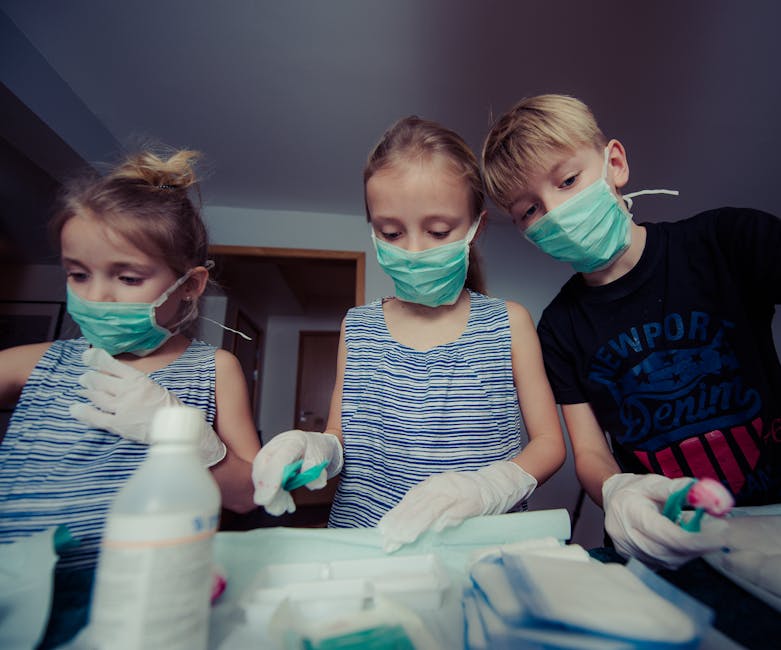First Aid Kit Contents and Containers
Even the home is not as safe as it used to be. There are today growing concerns on disaster risks that has presented new threats of storms and rains. And then there are newer forms of viral infections from wanton use of pesticides and chemicals in food production, animal and crop growing. Finally, there are the chemical hazards that science now suggests to be present in the everyday utilities even in hygienic products like soap and detergents.
Resilient Architectures
Understandable, families are on the path to building resilient and healthy homes and spending considerably to achieve such. First, people have been on the look-out for modern architectural designs that are stylish and cheap but at the same time has strong foundations and ergonomics to help against strong winds during typhoons and storms.
Part of this new architecture is good ventilation and airflow and therefore help minimize risks of bacteria concentration. However, setting up a ‘anti-infectious’ architectural design can be costly. This usually entails installing additional safety equipment such as air-vents or air ducts and other filter systems including automated sophisticated ventilation designs and layout are obviously more extensive solutions but these are all the more expensive.
Basic Safety Kits
But aside from architecture and engineering, the more fundamental concern for many homes to day is the availability of first aid boxes or kits that typically contains vital emergency items. The basic first aid kit content include the following items: sterilized gauge or bandages, scissors or tweezers, safety pins, eye patches, surgical gloves, anti-septic wipes, alcohol, antibiotics and wound and skin cleansers. In addition to these standard contents, many first aid kits also contain standard medicines such as pain relievers, anaesthesia and antibiotics which are important during any emergency situation.
Expanded First Aid Kits
More recently, first aid kit contents have also expanded to include utility items such as a blanket. Especially for homes in colder regions, a thermal blanket can come in handy especially in cases when finding rescue or medical help may take a while.
For families living in isolated areas, emergency cell phones, directories and even extra cash is slowly becoming a mainstay of home first aid kits. For families with infants or small children, there are first aid kit which include the standard contents plus to special items like disposable resuscitation pack, special items for babies, elderly or disabled household members, cold compress packs, ointments, and disposable CPR shields.
Lastly, aside from contents, newer first aid kits are also being designed and built to be disaster-resilient themselves. New first aid sets are now enclosed in more durable containers. Some first aid kit boxes are lightweight, waterproof and shock-proof materials or in abrasive-resistant pouches. A lot of these kits are tested using military grade standards for water-proofing and impact resilience. They are also often sealed air-tight which allows protects contents from natural moisture and therefore allow them to last longer than most traditional first-aid boxes. Many first aid kit suppliers can even custom design the size, compartments and functionality of your case or box depending on your unique needs or special circumstance.






Very good post regarding first aid equipment importance. Definitely a good post on safety. First aid boxes should be a must in workplaces, public places and also at home. We deal in hospital safety signs and the first aid sign is sold in large numbers.
ReplyDelete